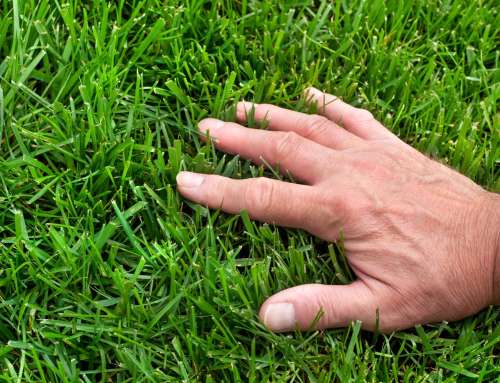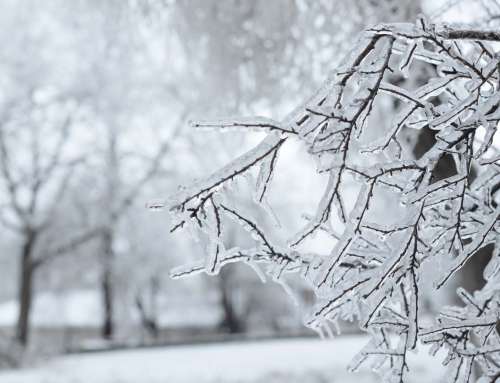It is estimated there are over 1.5 million deer in Pennsylvania. We have all seen our Commonwealth’s state animal, the white tail deer, and admired their grace and beauty. However, they have voracious appetites which when they happen upon your yard, they will devour your flowers and gardens. They are not the timid animated Bambi we have seen on the screen but are a danger to the existence of your landscape.
Deer are herbivores that eat all types of roots, twigs, barks, grass, and leaves. They also eat fruits, vegetables, and flowers. And when there is an overpopulation of deer, 30 deer per square mile to be exact, action needs to be taken to ensure they do not encroach on your property. Parks and forests do not provide enough space and food for all of them.
How can you keep deer from eating your plants like their own personal snacking buffet?
A physical barrier, such as a fence is the most effective method for keeping deer from eating up the landscape. A fence high enough to keep them from jumping over needs to be at least eight feet high. A panel privacy fence is best, since it obscures a deer’s view and deer do not typically like jumping into areas they cannot see.
If a fence is not an option for aesthetic reasons or your budget, there are other strategies you can employ.
- Plant deer resistant plants. Hungry deer eat about anything, but they tend to avoid prickly and fuzzy foliage and heavily fragranced plants. Swap tulips for daffodils or plant thorny rose bushes such as scotch or rugosa. Also, a thick hedge of boxwood around your garden is both deer repellent and adds the concealment factor of a fence.
- Weave bar soap throughout your outdoor space susceptible to deer invasion. Deer are sensitive to smells, which is why heavily scented plants are a deterrent, but powerful deodorant soaps are another alternative. Hanging bars from trees or attaching them to stakes and placing them at your garden edges is a tactic that can work.
- Apply Deer-repellant spray consistently. There are many commercially made brands you can purchase at brick-and-mortar stores or online. You can also create a homemade spray. A popular mixture is one with hot sauce, garlic powder, and liquid dish soap. Deer also avoid the powerful smells of lavender, rosemary, oregano, thyme, catmint, garlic, and chives.
- Deer are neophobe which means they fear new or unfamiliar experiences. Garden objects with movable parts make deer skittish. Motion sensors can frighten deer away. Ones that squirt water or turn on live radio are more effective than simple lights and repetitive sounds.
The professionals at Artistic Tree and Landscape Creations can help you with your deer problem in several ways. Our crew can guide you to the best deer-repellant plants, while our hardscape specialists can collaborate with you to install a good quality fence. Whatever your needs, our help is a phone call away 412.303.4443.




